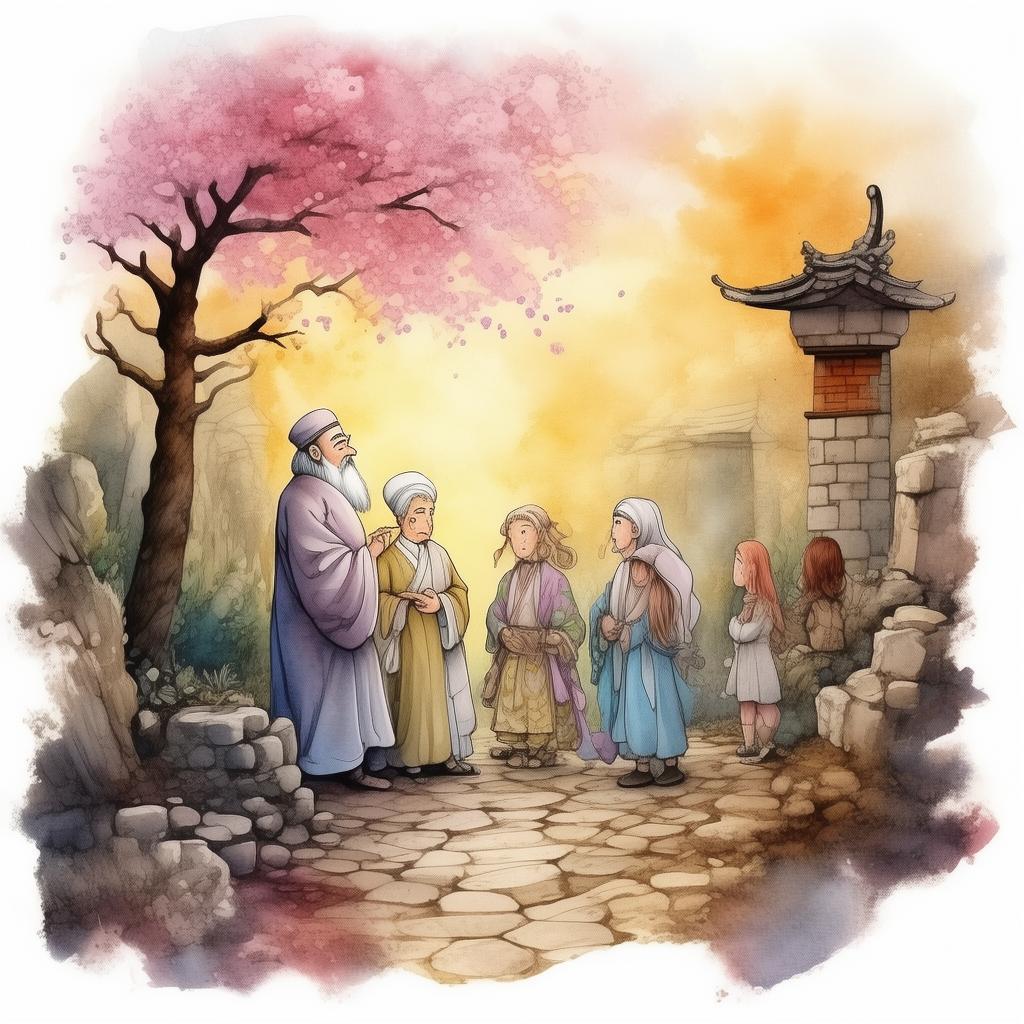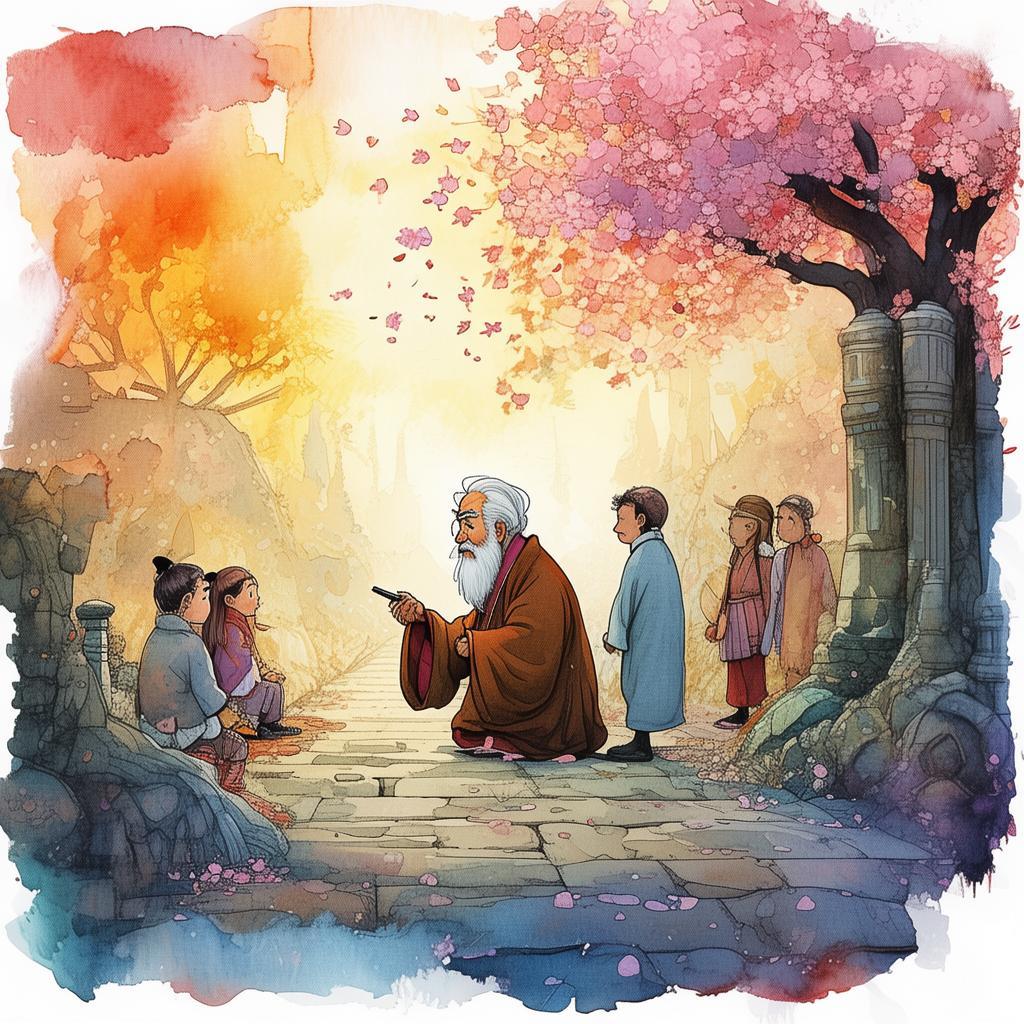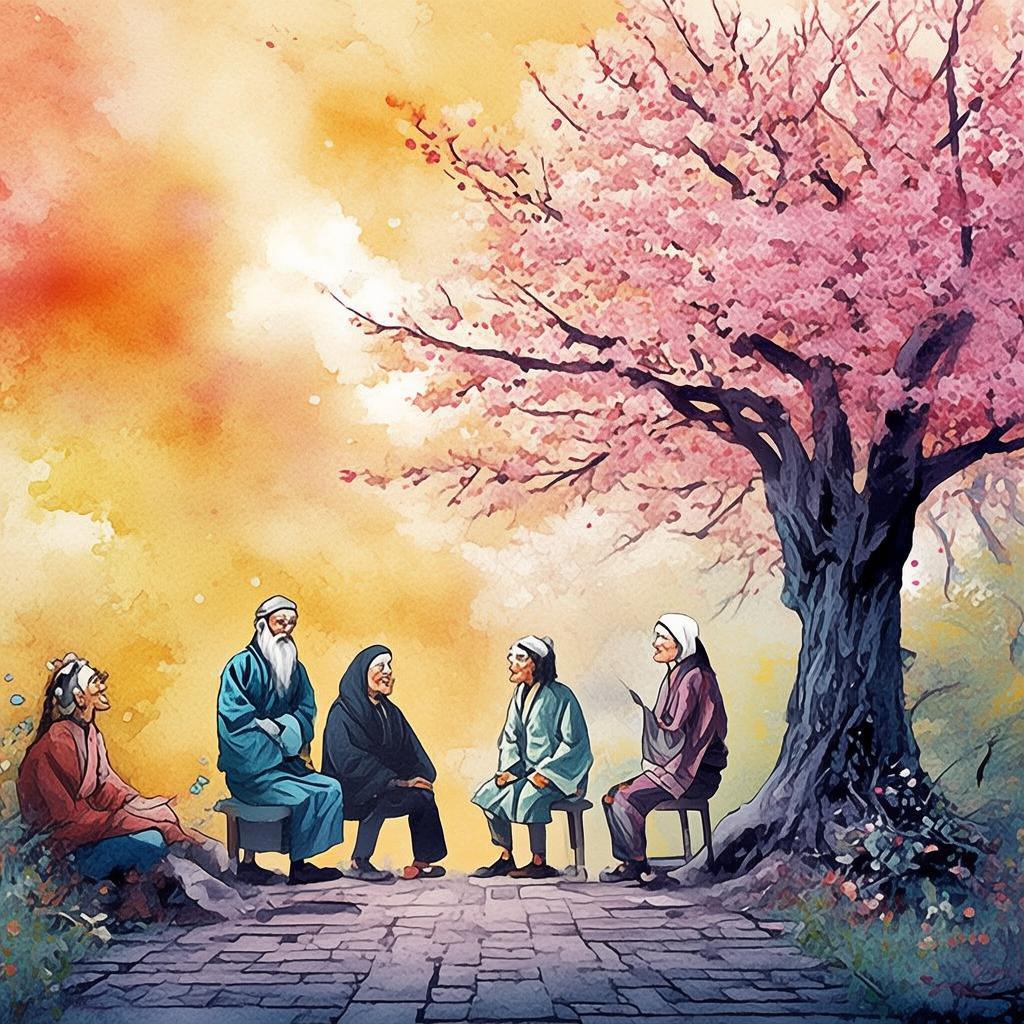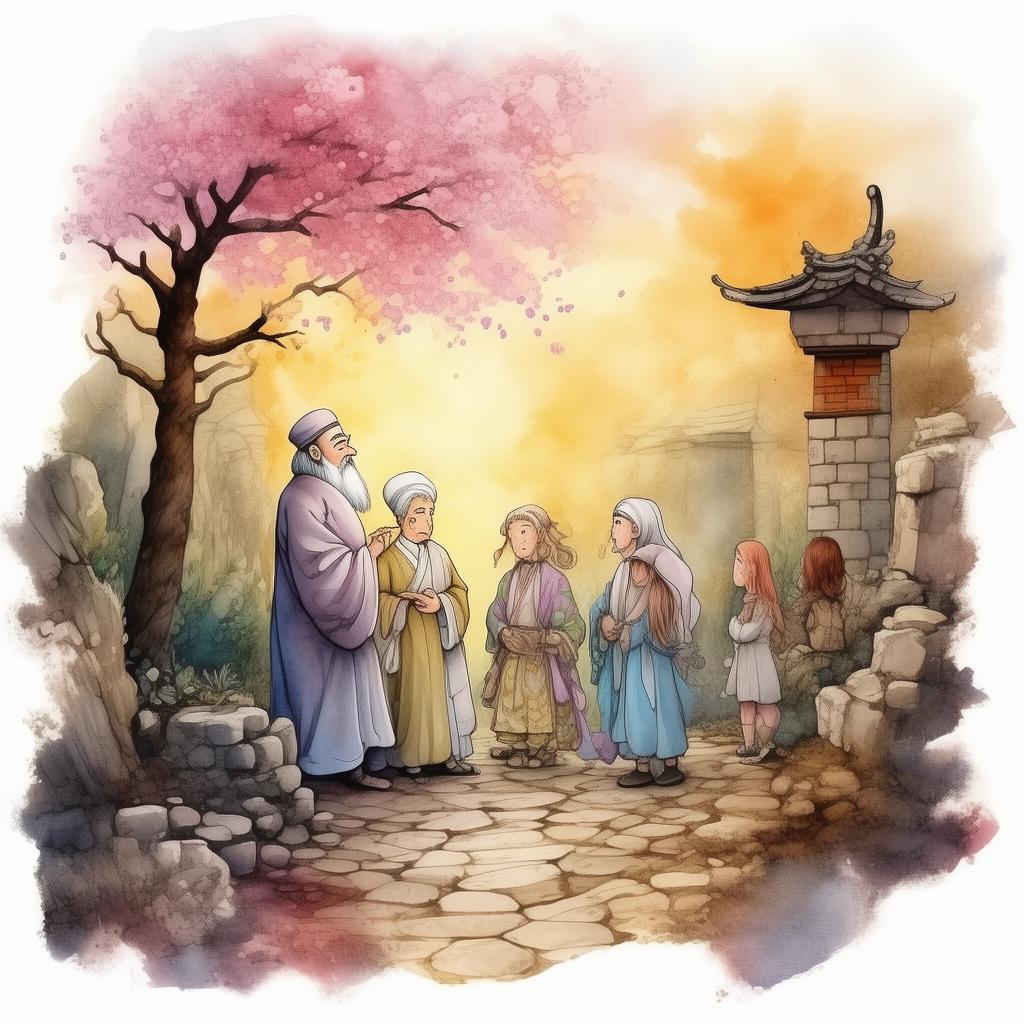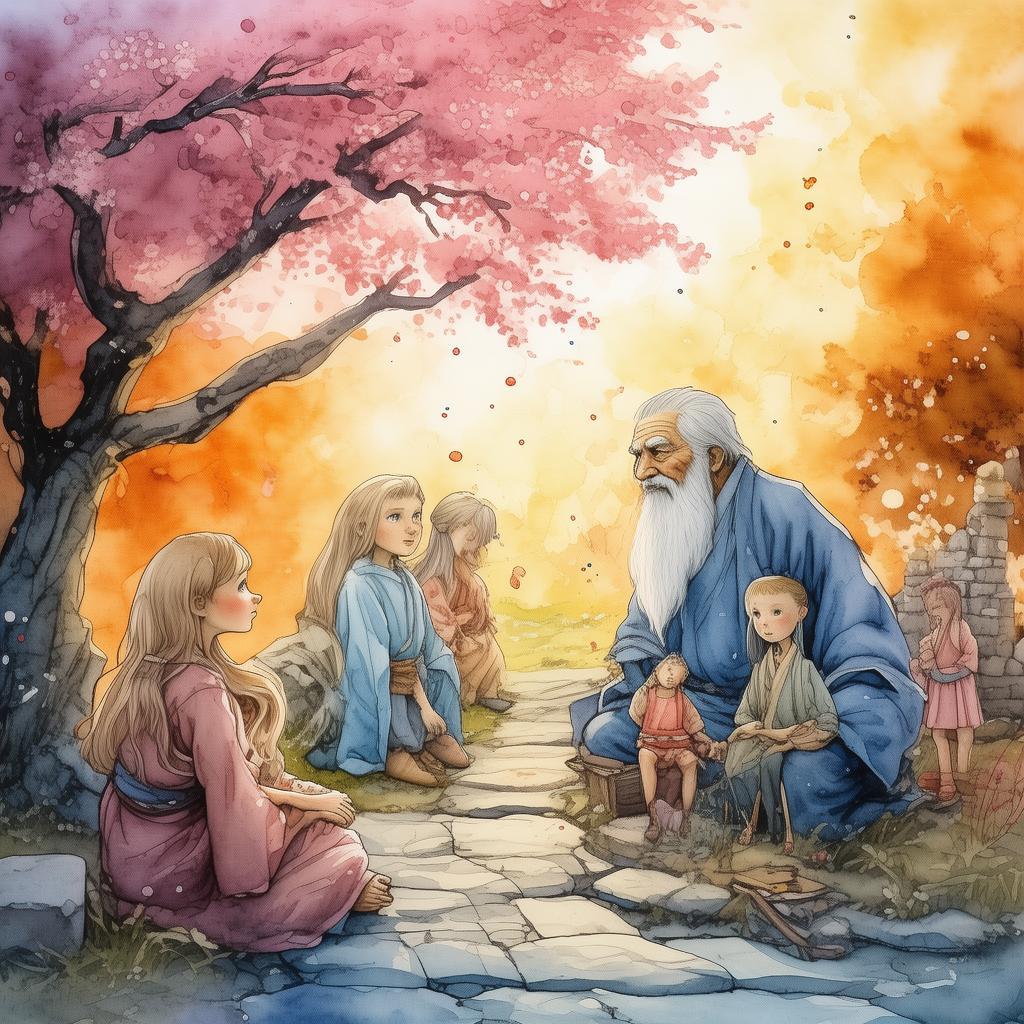The Phoenix's Return: The Quest for the Lost Art of War
In the realm of ancient China, amidst the turmoil of warring states, there lived a young warrior named Ling. Known for his unparalleled bravery and strategic prowess, he was sought after by many, yet his heart yearned for something more profound than mere conquest. Legends spoke of the Shadow of the Phoenix, a lost art of war that could turn the tide of battles and bring peace to the land.
The tale of the Phoenix was shrouded in mystery. It was said that the mythical bird, with its fiery plumage and eternal life, had once imparted its wisdom to ancient warriors, who, with its guidance, had won countless battles. But the knowledge was lost, buried beneath the sands of time, and the art was forgotten, leaving the realm to the whims of brutal warfare.
Ling, driven by his quest for peace, set out on a journey to find the lost art. He traveled through deserts and mountains, crossing rivers and traversing treacherous roads, all the while facing challenges that tested his resolve and ingenuity. Each step brought him closer to the mythical Phoenix, but it was the trials he encountered that shaped him into the warrior he was destined to become.
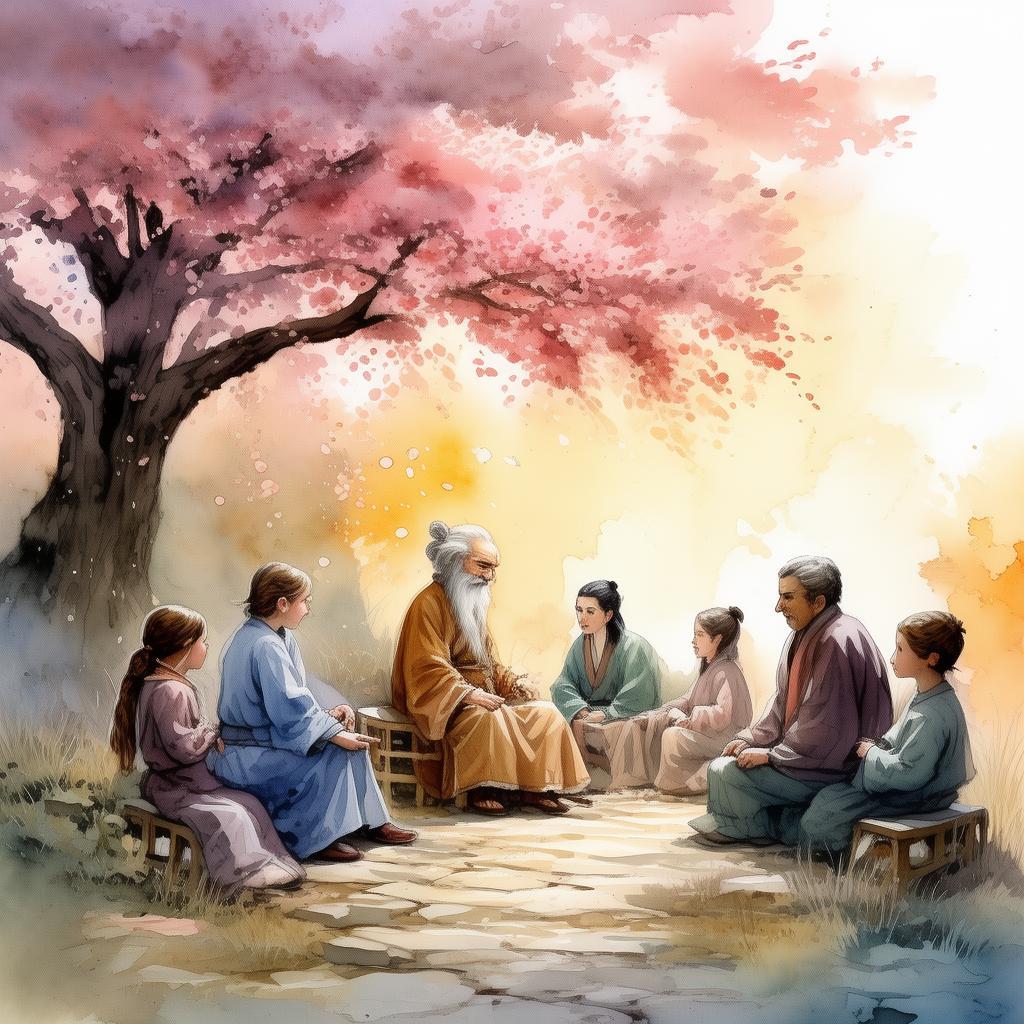
The first trial came in the form of a riddle posed by a wise old sage: "What is the greatest weapon in the world, yet it can never be seen or heard, felt or smelt, yet it can be the most powerful force of all?" Ling pondered the riddle for days, until he realized the answer: it was knowledge, the power to see beyond the present, to understand the enemy's weaknesses, and to foresee future outcomes.
The second trial was a confrontation with a rival warrior, a master of deception and stealth. The battle was fierce, and Ling, though skilled in the martial arts, was outmatched. It was only through his newfound understanding of knowledge that he outmaneuvered his opponent, using the enemy's own tactics against him.
The third trial was a test of his strategic mind. He was tasked with protecting a small village from a horde of invaders. With no weapons, no armor, and no support, Ling had to rely on his wits and the natural defenses of the land. By studying the terrain, he laid traps, set up decoys, and used the villagers' resources to turn the tide of battle. The invaders were routed, and the village was saved.
As Ling journeyed further, the trials grew more dangerous and complex. He encountered a bandit king who challenged him to a game of chess, not knowing that Ling had already mastered the art of strategy from his previous encounters. The king's empire crumbled under Ling's clever moves, and the land was freed from the bandit's grip.
Finally, Ling reached the ancient ruins where the Phoenix was said to reside. It was there that he found an ancient scroll, written in an ancient script. As he deciphered the text, he realized that the lost art was not about brute force or cunning tricks, but about understanding the essence of conflict and peace, about balancing the yin and yang of war.
With the wisdom of the Phoenix now in his heart, Ling returned to his realm, a changed man. He used his knowledge to bring peace to the warring states, uniting them under a new banner of harmony. His name became synonymous with wisdom and justice, and the legend of the Shadow of the Phoenix was reborn.
The tale of Ling's quest became a beacon of hope for future generations, a reminder that the true power of war lies not in weapons or strategies, but in the wisdom and compassion of the warrior's heart.
✨ Original Statement ✨
All articles published on this website (including but not limited to text, images, videos, and other content) are original or authorized for reposting and are protected by relevant laws. Without the explicit written permission of this website, no individual or organization may copy, modify, repost, or use the content for commercial purposes.
If you need to quote or cooperate, please contact this site for authorization. We reserve the right to pursue legal responsibility for any unauthorized use.
Hereby declared.



